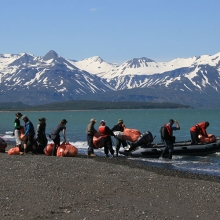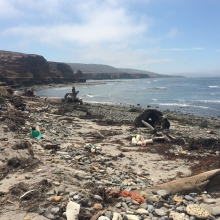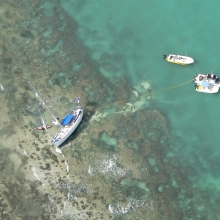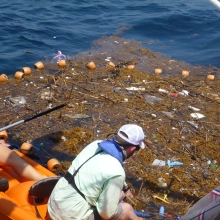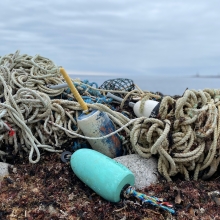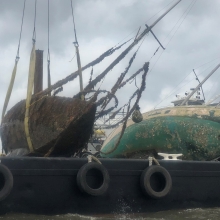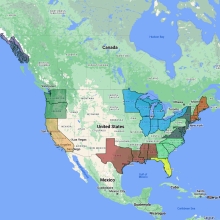The National Oceanic and Atmospheric Administration Marine Debris Program is the United States Government’s lead for addressing the impacts of marine debris on our ocean, waterways, and Great Lakes. We work with organizations around the United States and globally to prevent marine debris from entering the environment, remove it from coastal areas, better understand the problem through research and shoreline monitoring, and respond to debris created by disasters. Learn more about the Marine Debris Program here.
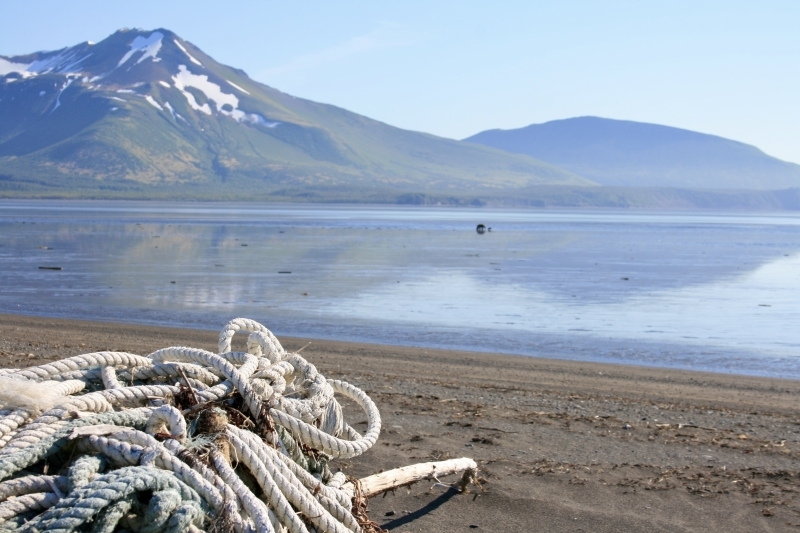
Gearing Up for Summer Removals in Alaska
Due to Alaska's extreme weather conditions and remote locations, working in the field during the winter in most places is nearly impossible. That means that field activities must happen in a defined “field season,” sometime between April and October for most of the state. Even during the summer season, completing field activities is complex and requires lots of preparation. It’s essential to “gear up” and ensure everything is prepped and planned so that no time is wasted during the short season.
Marine Debris Program Regions
In this section, you can find state or region-specific information on current marine debris projects and activities. Marine debris impacts every U.S. coastal state and territory. In order to address it, the NOAA Marine Debris Program positions coordinators around the country to provide local expertise and guidance to marine debris stakeholders.
 An official website of the United States government.
An official website of the United States government. 
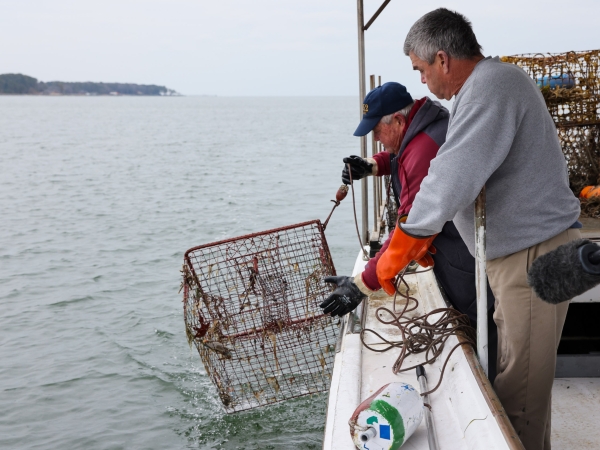 Crabbers and Scientists Collaborate to Remove Abandoned Fishing Gear and Protect Blue Crabs Along the Mid-Atlantic Coast
Crabbers and Scientists Collaborate to Remove Abandoned Fishing Gear and Protect Blue Crabs Along the Mid-Atlantic Coast Prepare for hurricane season with the United States Marine Debris Emergency Response Guide: A National-Level Comprehensive Guide
Prepare for hurricane season with the United States Marine Debris Emergency Response Guide: A National-Level Comprehensive Guide First Round of Projects Announced Under the Nationwide Fishing Trap Removal, Assessment, and Prevention (TRAP) Program
First Round of Projects Announced Under the Nationwide Fishing Trap Removal, Assessment, and Prevention (TRAP) Program